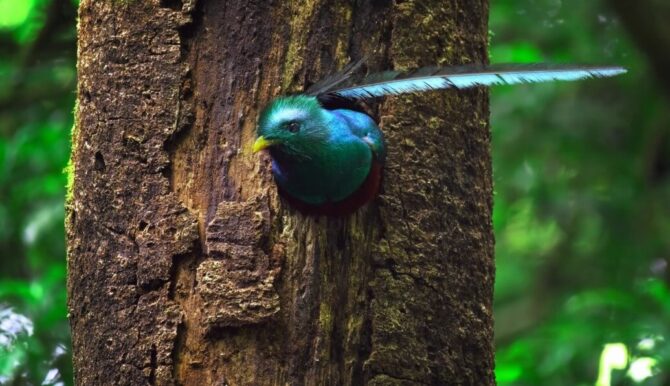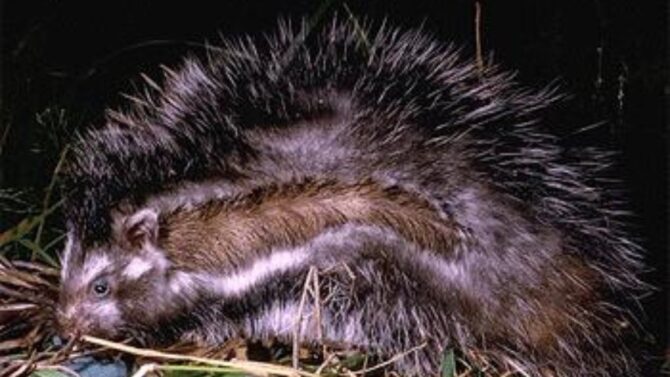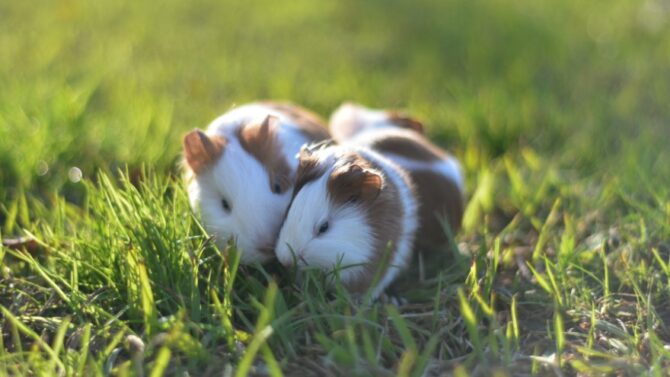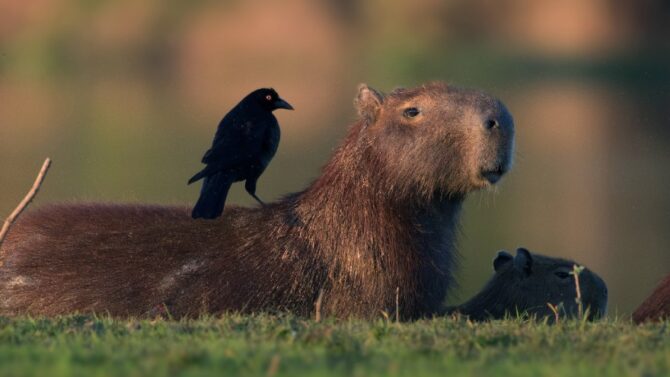Sighting coyote poop gives everyone a hint that these ravenous creatures are around the neighbourhood. Because they stay in urban areas, coyotes can become pests, especially when there’s livestock involved, and as such, their droppings tell us they are closer than we realize.
This has made them problematic creatures, far more than their canid relatives.
One way to recognize that a coyote has been in your yard is by its scat. The latter has its peculiar looks that would help you know of a likely intrusion. The poop has dangerous microbes, so you should remove it.
Read on to find out more.
What Does Coyote Poop Look Like?
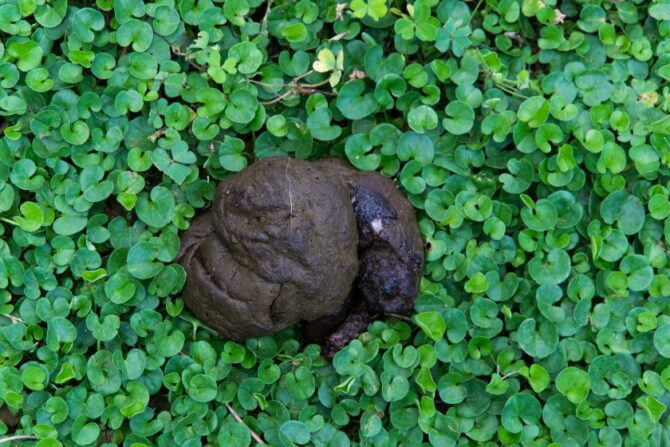
Like any other animal, the coyote’s poop can be identified using its characteristics. On the surface, it takes the form of a knotted rope.
It is also big, with that of the male being bigger than the female. The coyote poop can get up to 12 inches, depending on the coyote’s size. Length is between 3 to 5 inches.
Other characteristics a coyote poop has include its tubular form and curly ends. The latter is its most distinguishing trait.
If you observe the poop closely, you’d find that it contains little objects like hair and prey bones. Coyotes are omnivores, and their diet includes both plants and animals.
Ergo, the poop also contains plant materials like grass, nuts, and fruits.
The poop color depends on the coyote’s predominant diet. Meat eaters tend to have a darker poop than those that feed on fruits.
Why Do Coyotes Poop?
Like many canids, coyotes are territorial. They use their scats as a territory marker, telling other coyotes to back off. So when you find the poop in your yard, it might have become coyote territory!
It might also be random, especially if the coyote just had a meal before getting close to your yard.
Either way, a coyote stool signals that you have these creatures as neighbors. Take all necessary precautions, especially if you have pets and livestock.
Is the Coyote Stool Dangerous?
Besides the advantage of exposing the trespasser, the coyote’s poop poses enormous health risks. It carries viruses and germs that are infectious.
Direct contact with one can be harmful both to other animals and to humans.
The heartworm is an example of a parasite that can be passed from the coyote’s poop. It especially affects dogs and cats. Your unsuspecting pet that steps into the coyote’s poop can get infected by heartworm.
The dangerous part is that the heartworm attacks the heart and other vital parts like the lungs. Symptoms include coughing, tiredness, and breathing difficulties.
Then there’s the parvovirus, also in the coyote’s poop. It is highly infectious and can be picked up from surfaces. It is also resistant to heat, cold, and dryness. Symptoms include bloating, diarrhoea, pain, and fever.
How To Get Rid of A Coyote Scat
Given the potential risks, the coyote’s scat brings, getting rid of one should be a task done with utmost care. Besides the parasites within, other particles can be harmful. You can’t also leave it lying around as it can harm someone else and even your pet.
Here are some helpful steps:
- Do not use your bare hands to remove the poop. Don’t sniff at it or bring it too close to exposed skin.
- Put on a mask, gloves, and boots for maximum protection.
- Use a shovel to remove the excrement, then burn it off to kill any worms that may be on it.
- If the poop is dry, pour some warm water. This would make it easy for you to scoop away.
- After scooping it off, clean the area with hot water and disinfectant.
- Wash your hands with warm water and dispose of the gloves.
- Wash your clothes separately.
How to Keep A Coyote Off Your Property
How to Keep A Coyote Off Your Property
- Use a coyote repellent.
- Build a fence to keep them off.
- Get a watchdog to give a signal that is approaching.
- Use a motion-activated sprinkler.
- Keep pets indoors.
Final Thoughts
Coyotes can be a nuisance, and their poop is even more so. The dangers should give you enough encouragement to get rid of them. Do not also ignore the fact that where there’s poop, there was an animal. Follow our tips to ensure that no coyote steps into your yard again.

